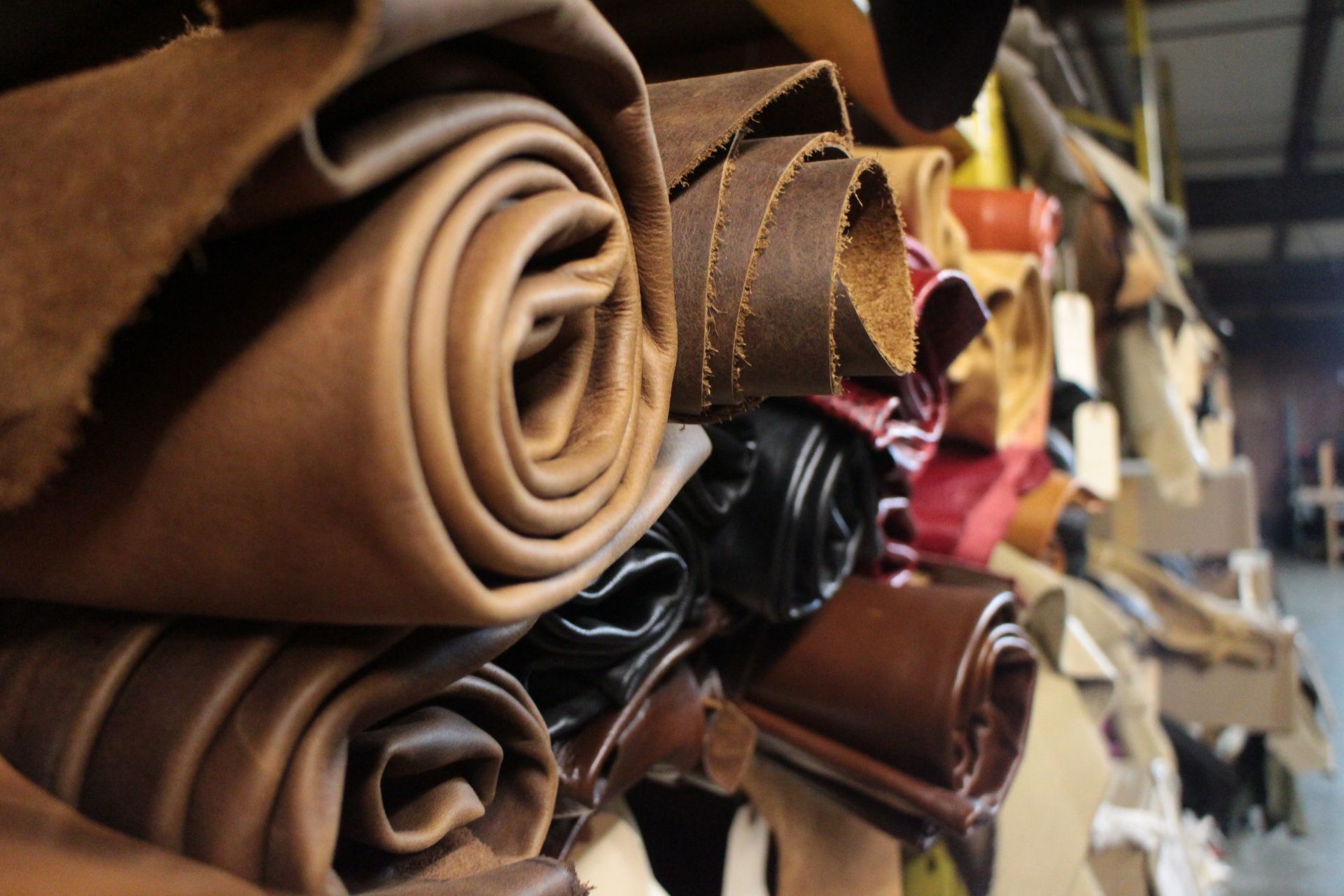

Articles
How To Store Leather
Modified: December 7, 2023
Learn how to properly store leather articles and keep them in pristine condition. Find tips and tricks for maintaining the quality and longevity of your leather products.
(Many of the links in this article redirect to a specific reviewed product. Your purchase of these products through affiliate links helps to generate commission for Storables.com, at no extra cost. Learn more)
Introduction
Leather goods are known for their durability, timeless style, and luxurious feel. Whether it’s a leather jacket, handbag, or pair of shoes, properly storing your leather items is crucial to maintain their quality and extend their lifespan. By following a few simple steps, you can ensure that your leather pieces remain in pristine condition and are ready for use whenever you need them.
In this article, we will guide you through the process of storing leather items effectively. We’ll cover essential steps such as cleaning, conditioning, avoiding direct sunlight, proper storage, and handling and care tips. By following these guidelines, you can keep your leather items looking their best and enjoy them for years to come.
So let’s delve into the details of each step, starting with the crucial step of cleaning your leather items.
Key Takeaways:
- Properly storing leather items is crucial for maintaining their quality and extending their lifespan. Follow steps such as cleaning, conditioning, and avoiding direct sunlight to ensure your leather pieces remain in optimal condition.
- Handling and caring for leather items with clean hands, avoiding excessive moisture and heat, and scheduling regular inspections can significantly impact their longevity and overall condition. Incorporate these tips into your routine to enjoy your leather goods for years to come.
Read more: How To Store Leather Bags
Step 1: Cleaning
Proper cleaning is the foundation of maintaining leather items. Before storing them, it’s essential to remove any dirt, dust, or stains that may have accumulated. Follow these steps to clean your leather items effectively:
- Preparation: Start by gathering the necessary cleaning supplies. You’ll need a soft, lint-free cloth or sponge, mild leather cleaner or soap, and warm water.
- Spot Test: Before cleaning the entire item, always perform a spot test on a small, inconspicuous area to ensure that the cleaner doesn’t cause any discoloration or damage.
- Wipe Down: Gently wipe the surface of the leather item with a damp cloth or sponge. Be sure to wring out the excess water to prevent over-saturation. Avoid using excessive force or scrubbing, as this can damage the leather.
- Cleanse: Dilute a small amount of mild leather cleaner or soap in warm water according to the manufacturer’s instructions. Use a clean cloth or sponge to apply the solution to the leather in a circular motion. Pay special attention to any stained or soiled areas.
- Rinse: Wipe away the soap or cleaner residue with a clean, damp cloth. Ensure that all remnants of the cleaning solution are removed to prevent it from drying out and potentially damaging the leather.
- Dry Properly: Allow the leather item to air dry naturally at room temperature. Avoid using direct heat sources such as hair dryers or heaters, as this can cause the leather to crack or shrink. Ensure that the item is fully dry before moving on to the next step.
Cleaning your leather items regularly, especially before storing them, helps remove any dirt or oils that can deteriorate the leather over time. It also ensures that the items stay fresh and ready for use when you retrieve them from storage.
Step 2: Conditioning
Conditioning your leather items is essential to keep them soft, supple, and resistant to cracking or drying out. Leather is a natural material that requires hydration to maintain its quality. Here’s how to properly condition your leather items:
- Choose the Right Conditioner: Select a high-quality leather conditioner that is suitable for the specific type of leather you’re treating. Consult the manufacturer’s instructions for the recommended conditioner.
- Prepare the Leather: Remove any dust or debris from the surface of the leather item using a clean, dry cloth. Make sure the item is clean before applying the conditioner.
- Apply the Conditioner: Use a soft cloth or sponge to apply a small amount of conditioner to the leather, working it into the material with gentle, circular motions. Pay extra attention to dry or cracked areas.
- Allow Absorption: Let the conditioner absorb into the leather for the recommended amount of time specified by the manufacturer. This allows the leather to soak up the moisturizing properties of the conditioner.
- Remove Excess Conditioner: Gently wipe away any excess conditioner with a clean, dry cloth. Take care not to rub too hard to avoid removing too much of the conditioner from the leather.
- Buff and Polish: Once the excess conditioner has been removed, use a separate clean cloth to buff and polish the leather to restore its natural shine and luster.
Conditioning your leather items regularly helps prevent them from drying out, cracking, or becoming stiff. It also nourishes the leather and keeps it looking vibrant and luxurious. Remember to follow the instructions on the conditioner product for the best results and avoid over-conditioning, as this can leave a greasy residue on the leather.
Step 3: Avoiding Direct Sunlight
Direct sunlight can be harmful to leather items, causing them to fade, discolor, or even warp over time. To protect your leather items, it’s important to keep them away from prolonged exposure to sunlight. Here are some tips on how to avoid direct sunlight:
- Store Indoors: When storing your leather items, choose a location that is indoors and away from windows or areas exposed to direct sunlight. This will help shield them from the harmful UV rays.
- Use Curtains or Blinds: If it’s not possible to store your leather items in a room without windows, consider using curtains, blinds, or shades to block out the sunlight during peak hours. This will provide an added layer of protection.
- Rotate Your Items: If you have leather furniture or other large items that are difficult to move, consider rotating them periodically to ensure that all sections are exposed to an equal amount of sunlight. This prevents uneven fading or discoloration.
- Use Protective Covers: For smaller leather items such as handbags or shoes, consider using protective covers or dust bags when storing them. These covers act as a shield against sunlight and help maintain the item’s original color.
- Apply UV Protection: If you live in an area with strong sunlight exposure, you can also consider applying a UV protection spray specifically designed for leather. This will create an additional barrier against harmful UV rays.
By taking these precautions, you can significantly extend the lifespan of your leather items and preserve their original color and texture. Remember, prevention is key when it comes to protecting leather from damage caused by sunlight.
Store leather in a cool, dry place away from direct sunlight and heat sources. Avoid plastic bags, which can trap moisture. Use a breathable fabric or acid-free paper to cover and protect the leather.
Step 4: Proper Storage
Proper storage is crucial to maintain the quality and longevity of your leather items. When stored incorrectly, leather can become creased, warped, or damaged over time. Follow these guidelines to ensure you store your leather items correctly:
- Clean and Condition: Before storing your leather items, make sure they are clean and have been properly conditioned. This helps prevent any dirt or oils from setting into the leather and keeps it supple and moisturized.
- Avoid Plastic Bags: Avoid storing your leather items in plastic bags or covers. Leather needs to breathe, and sealing it in plastic can cause moisture buildup, leading to mold or mildew growth. Instead, opt for breathable fabric covers or use acid-free tissue paper to protect the leather.
- Choose a Cool, Dry Location: Store your leather items in a cool, dry place with a consistent temperature and humidity level. Avoid areas like basements or attics, as they can be prone to temperature fluctuations and excessive moisture.
- Utilize Storage Containers: Store smaller leather items, such as handbags or wallets, in breathable storage containers or boxes. Line the containers with acid-free tissue paper and avoid tightly packing the items to allow air circulation.
- Avoid Excessive Weight: Do not stack heavy items on top of your leather pieces. Leather can easily become misshapen or develop permanent creases under the pressure of heavy objects.
- Hang Clothing Correctly: If you’re storing leather jackets or coats, use padded hangers to prevent them from stretching or developing shoulder creases. Avoid hanging them in direct sunlight or in areas with high humidity.
- Use Leather-Friendly Racks: If you have multiple leather items, consider investing in a wooden or metal rack specifically designed for storing and organizing leather goods. This ensures proper support and prevents creasing.
By following these storage guidelines, you can protect your leather items from damage, maintain their shape and condition, and ensure they are ready for use whenever you need them.
Read more: How To Store Leather Furniture
Step 5: Handling and Care Tips
Proper handling and care of your leather items can make a significant difference in their lifespan and overall condition. Here are some tips to keep in mind:
- Avoid Excessive Moisture: Leather is prone to damage from excessive moisture. Avoid wearing leather items in heavy rain or snowstorms, and wipe off any moisture promptly if they do get wet.
- Keep Away from Heat: Extreme heat can cause leather to crack or warp. Avoid exposing your leather items to direct heat sources such as heaters, fireplaces, or hot car interiors.
- Handle with Clean Hands: Before touching your leather items, ensure that your hands are clean and free from oils or lotions. These substances can transfer onto the leather and cause staining or discoloration.
- Avoid Harsh Chemicals: Do not use harsh chemicals, solvents, or abrasive cleaners on your leather items. They can damage the leather’s natural finish and cause it to become brittle.
- Schedule Regular Inspection: Periodically inspect your leather items for any signs of wear, discoloration, or damage. Address any issues promptly to prevent further deterioration.
- Professional Cleaning: For stubborn stains or extensive damage, consider taking your leather items to a professional cleaner experienced in working with leather. They have the expertise to safely remove stains and restore the leather’s appearance.
- Proper Use and Rotation: Avoid using the same leather item every day. Rotating your leather accessories or clothing helps distribute wear more evenly and prevents overuse of a single piece.
Following these handling and care tips will help you maintain the quality and appearance of your leather items, ensuring their longevity and enjoyment for years to come.
Conclusion
Properly storing leather items is essential for maintaining their quality, preserving their appearance, and extending their lifespan. By following the steps outlined in this article, including cleaning, conditioning, avoiding direct sunlight, proper storage, and implementing handling and care tips, you can ensure that your leather items remain in optimal condition and are ready for use whenever you need them.
Remember to start by cleaning your leather items thoroughly, using gentle methods and suitable cleaners to remove any dirt or stains. Conditioning the leather helps keep it supple and prevents it from drying out or cracking over time. Additionally, protecting your leather items from direct sunlight helps avoid fading and discoloration.
Proper storage is crucial for preventing creasing, warping, or damage to your leather items. Choose a cool, dry location, and avoid tightly packing them in plastic bags. Instead, opt for breathable fabric covers or acid-free tissue paper to protect the leather.
Finally, handle your leather items with clean hands and avoid exposure to excessive moisture, heat, or harsh chemicals. Regular inspections and prompt care for any signs of wear or damage are also essential to maintaining their condition.
By following these guidelines and incorporating proper care and handling into your routine, you can ensure that your leather items continue to be a source of luxury, style, and durability for years to come. With a little attention and care, your leather goods will remain in excellent condition and provide you with lasting enjoyment.
Frequently Asked Questions about How To Store Leather
Was this page helpful?
At Storables.com, we guarantee accurate and reliable information. Our content, validated by Expert Board Contributors, is crafted following stringent Editorial Policies. We're committed to providing you with well-researched, expert-backed insights for all your informational needs.
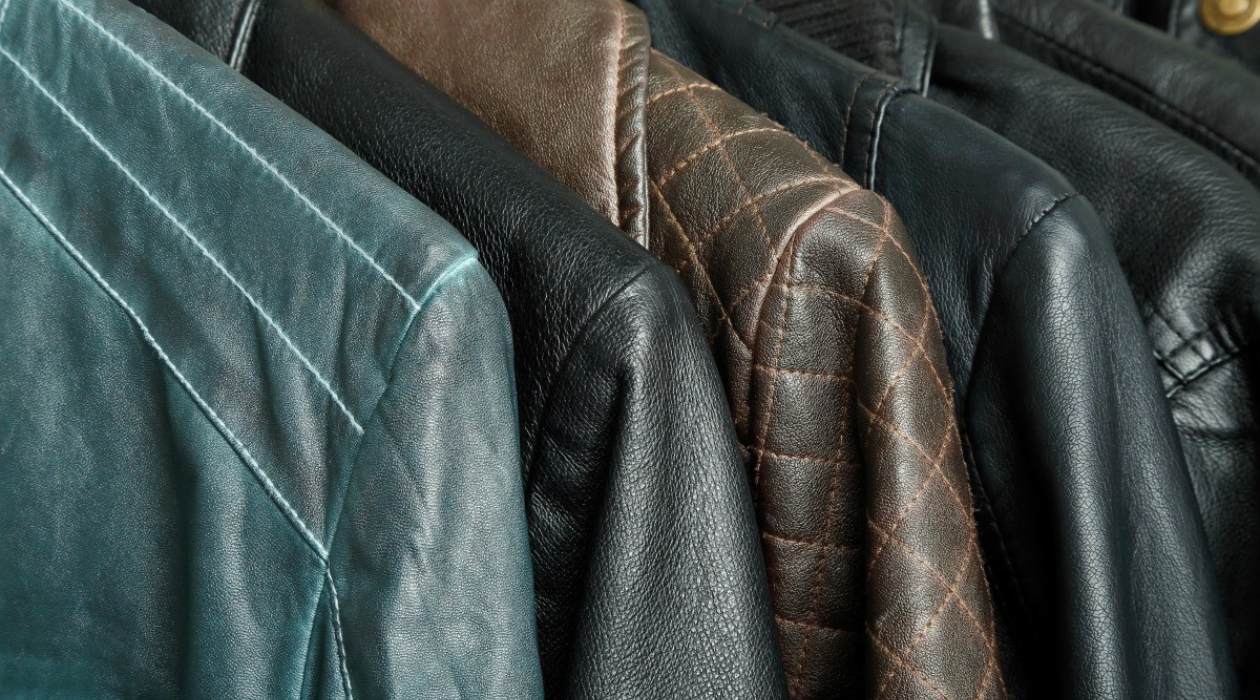
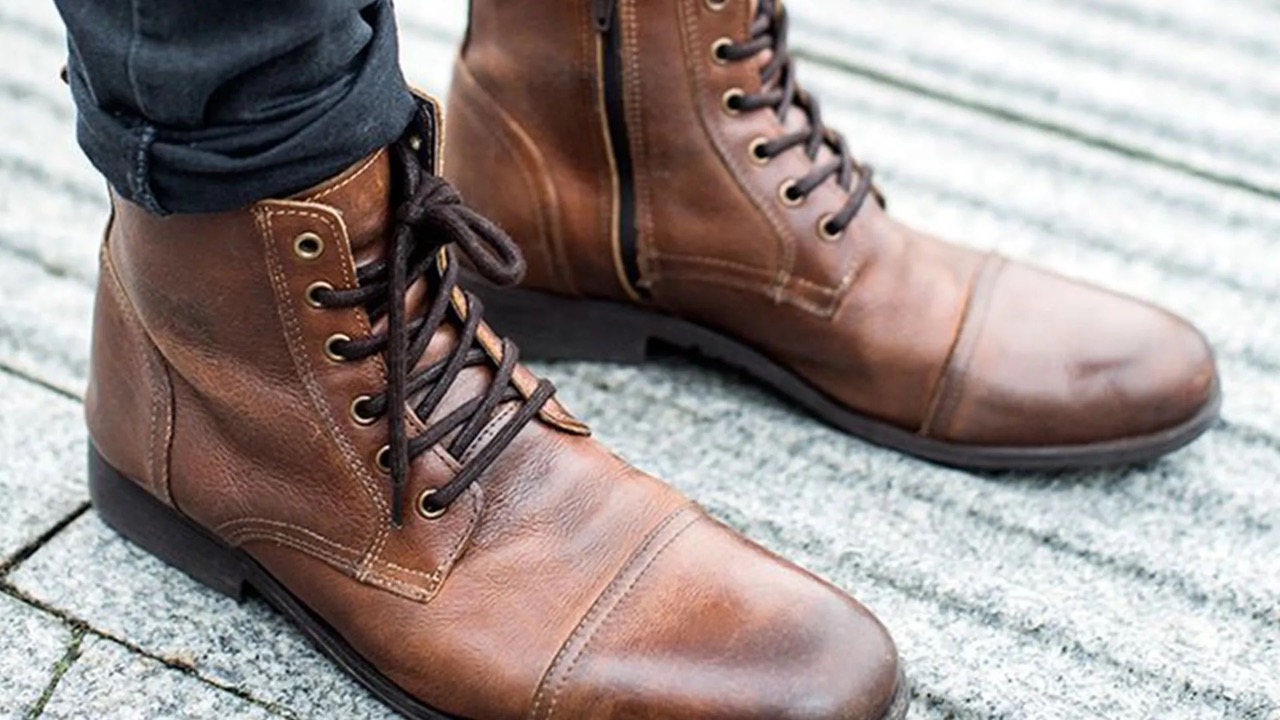
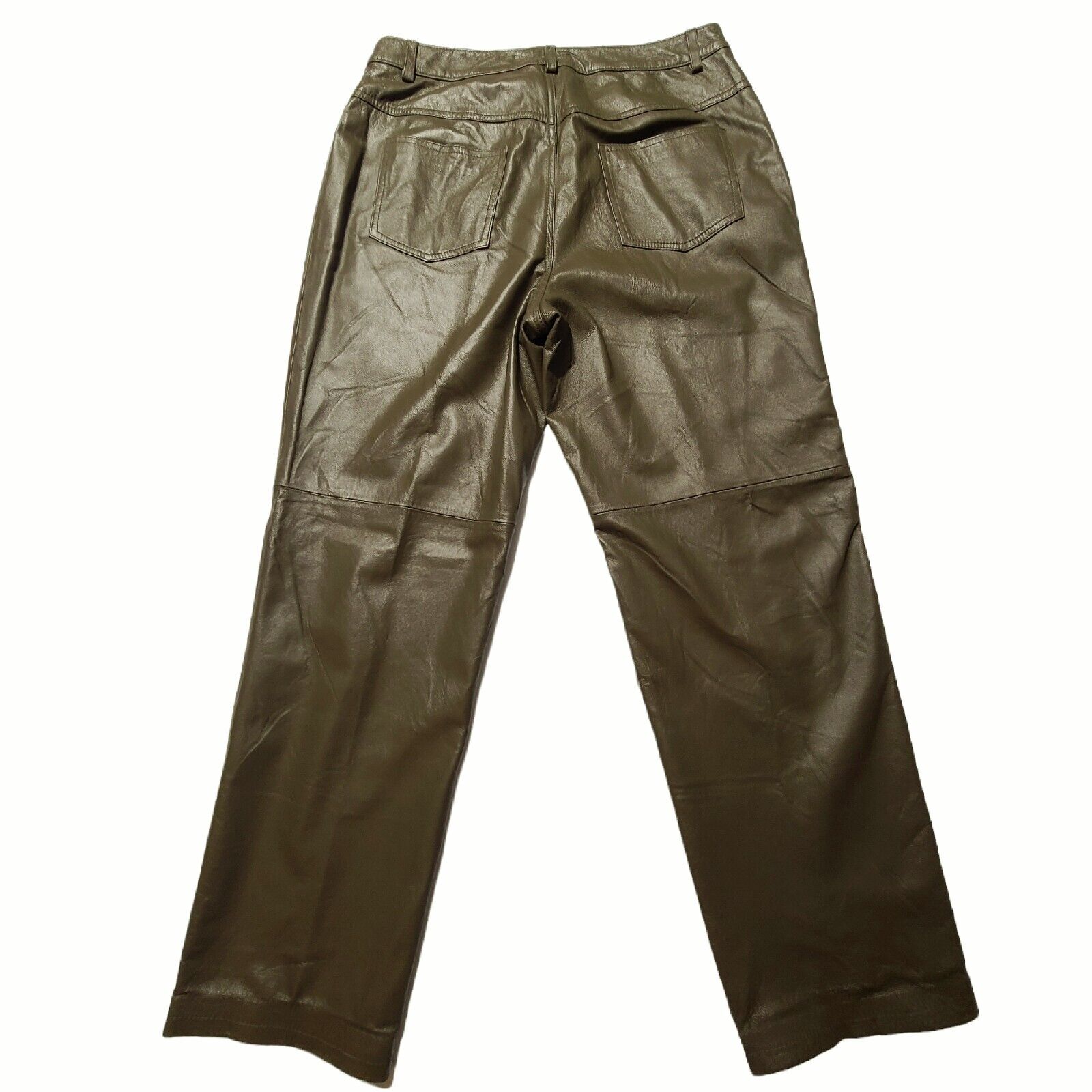
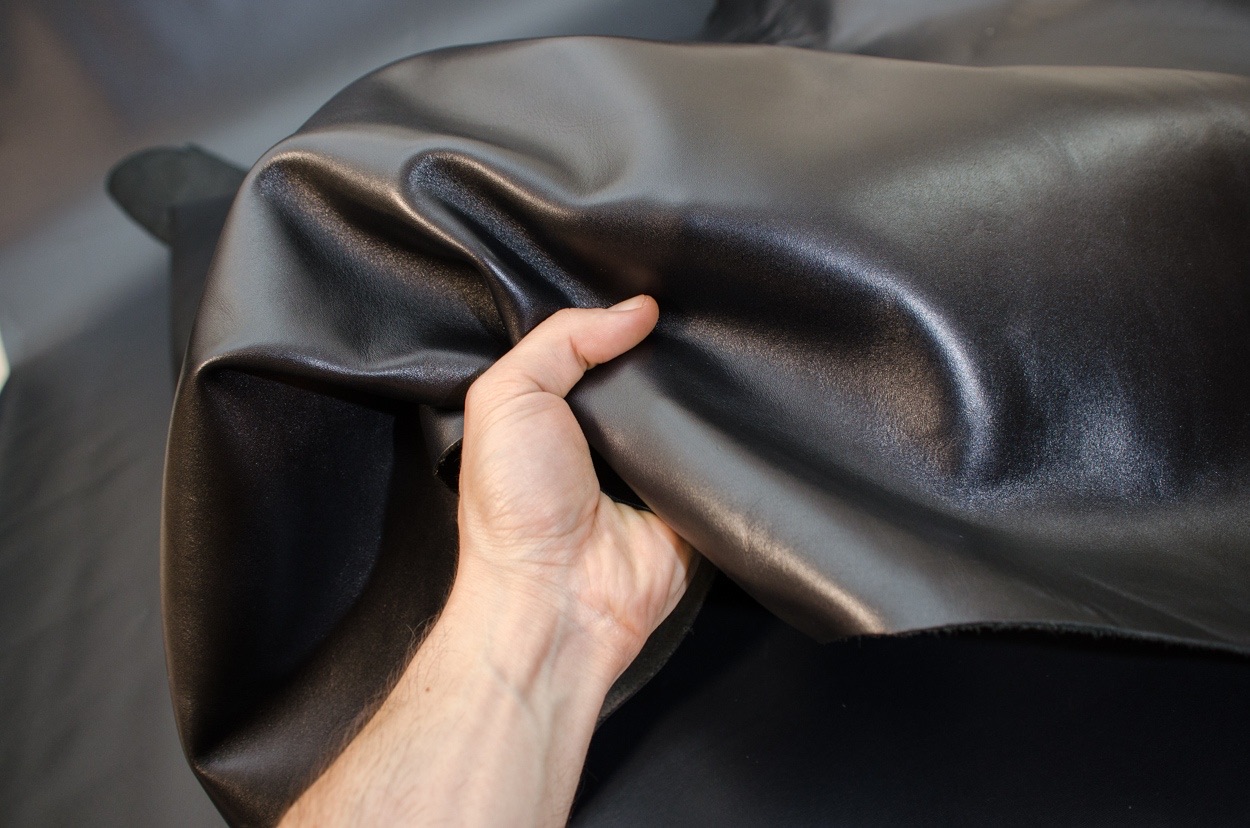
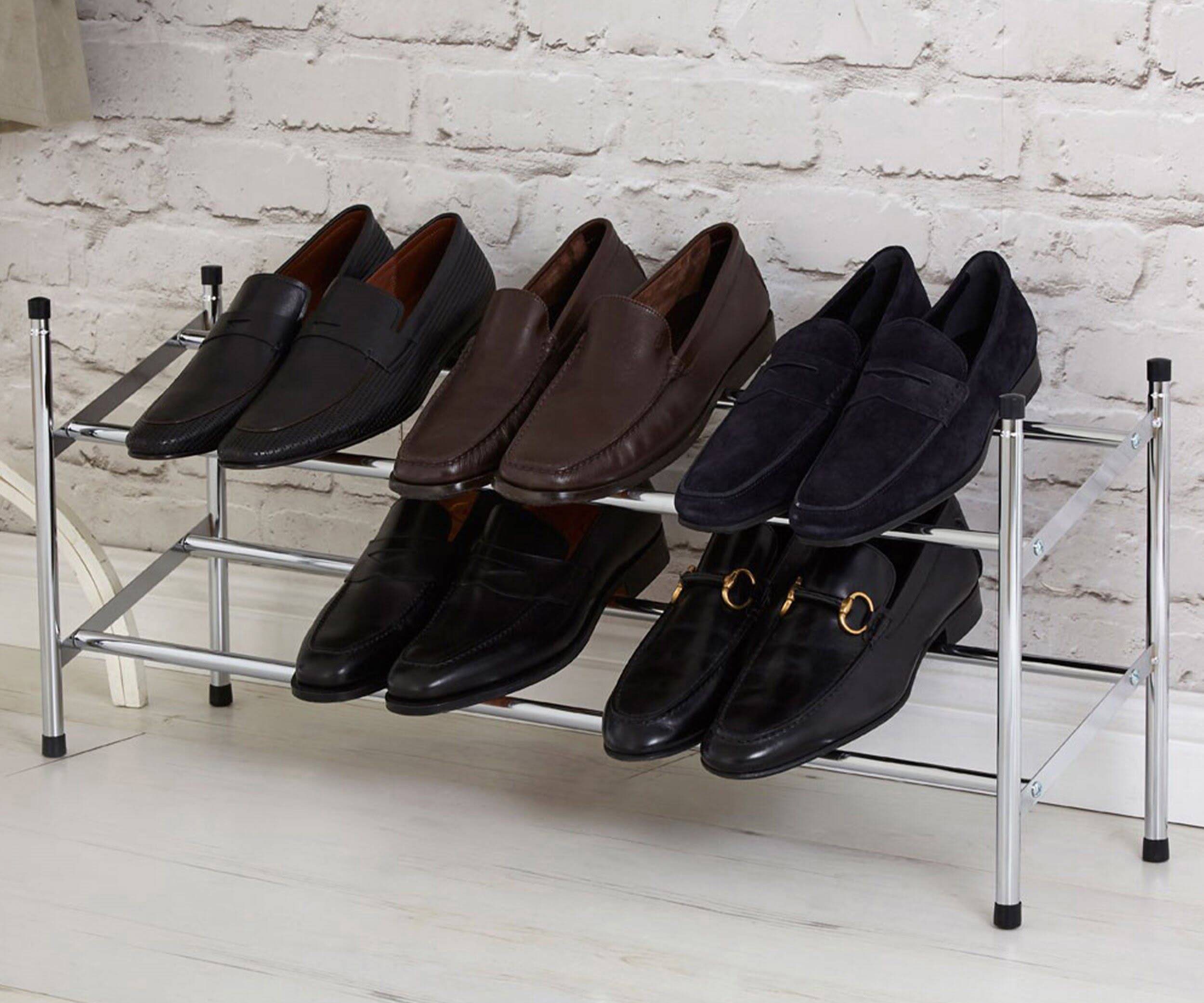
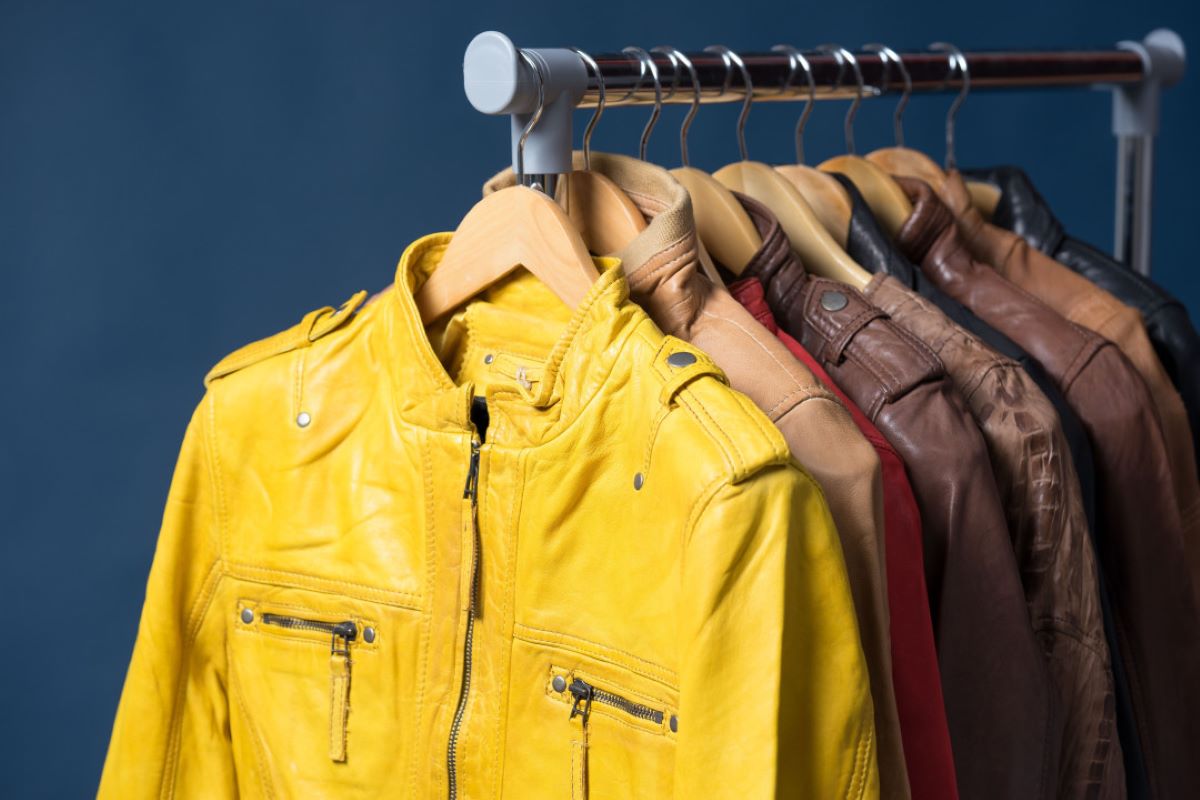
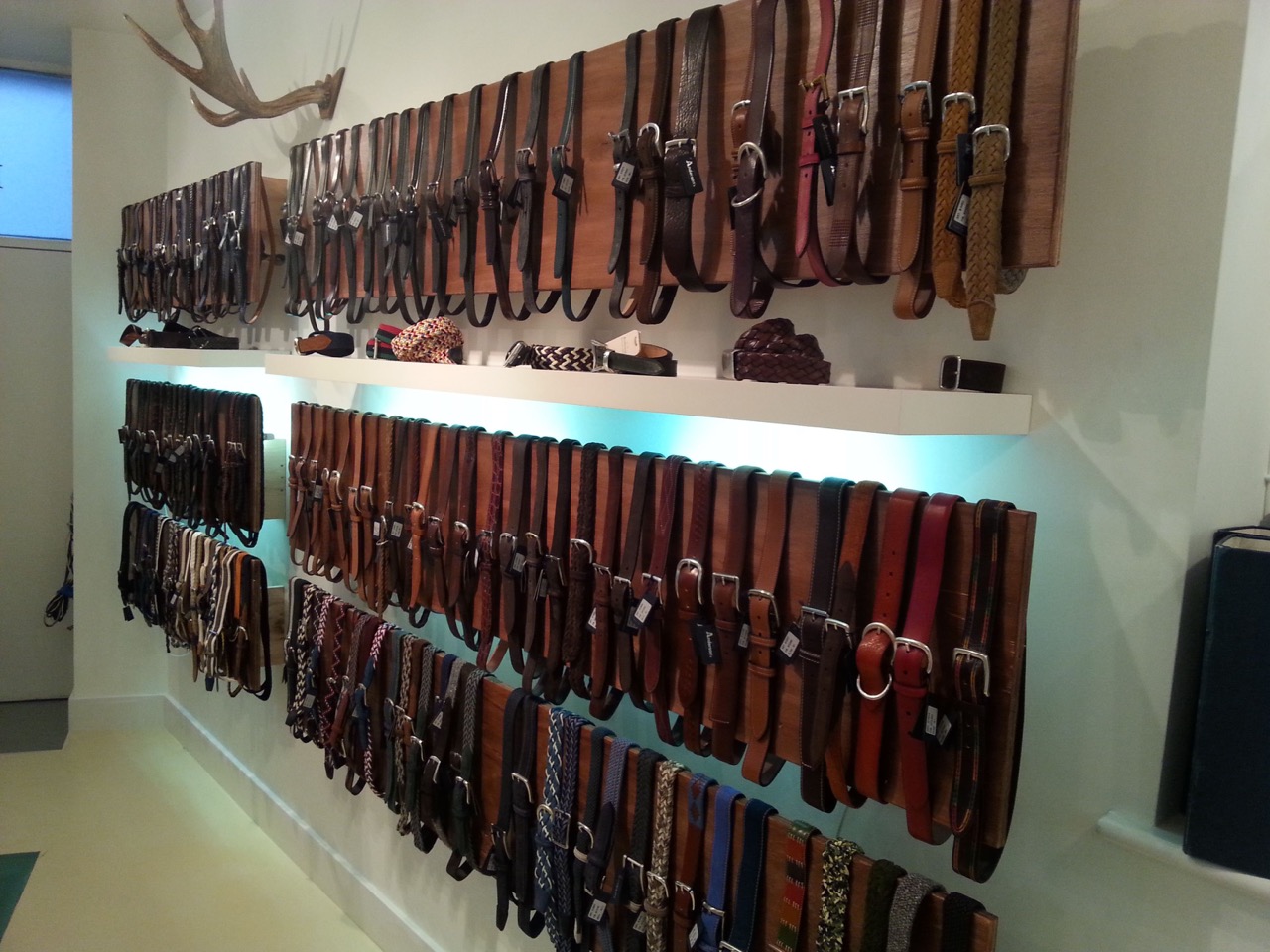

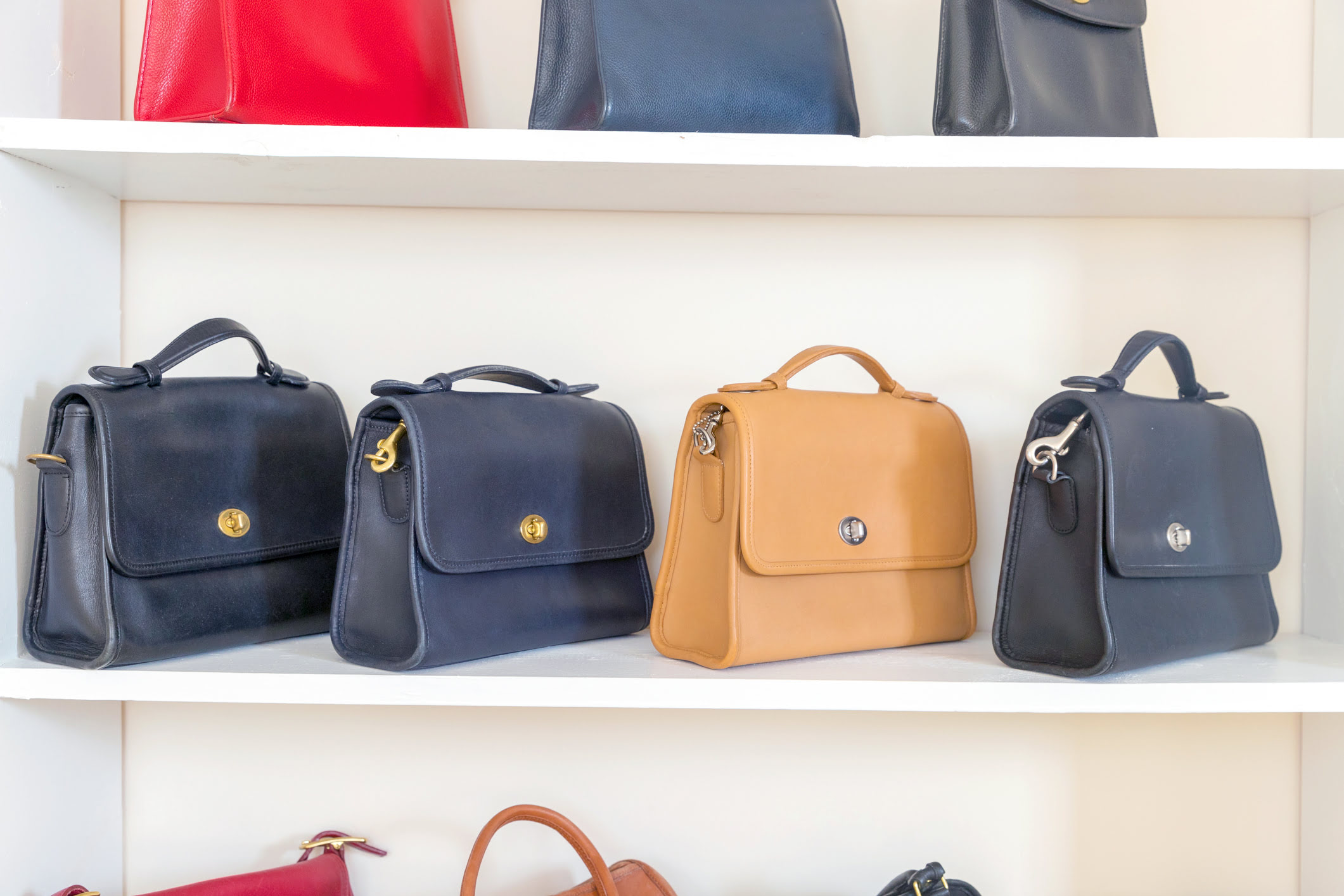
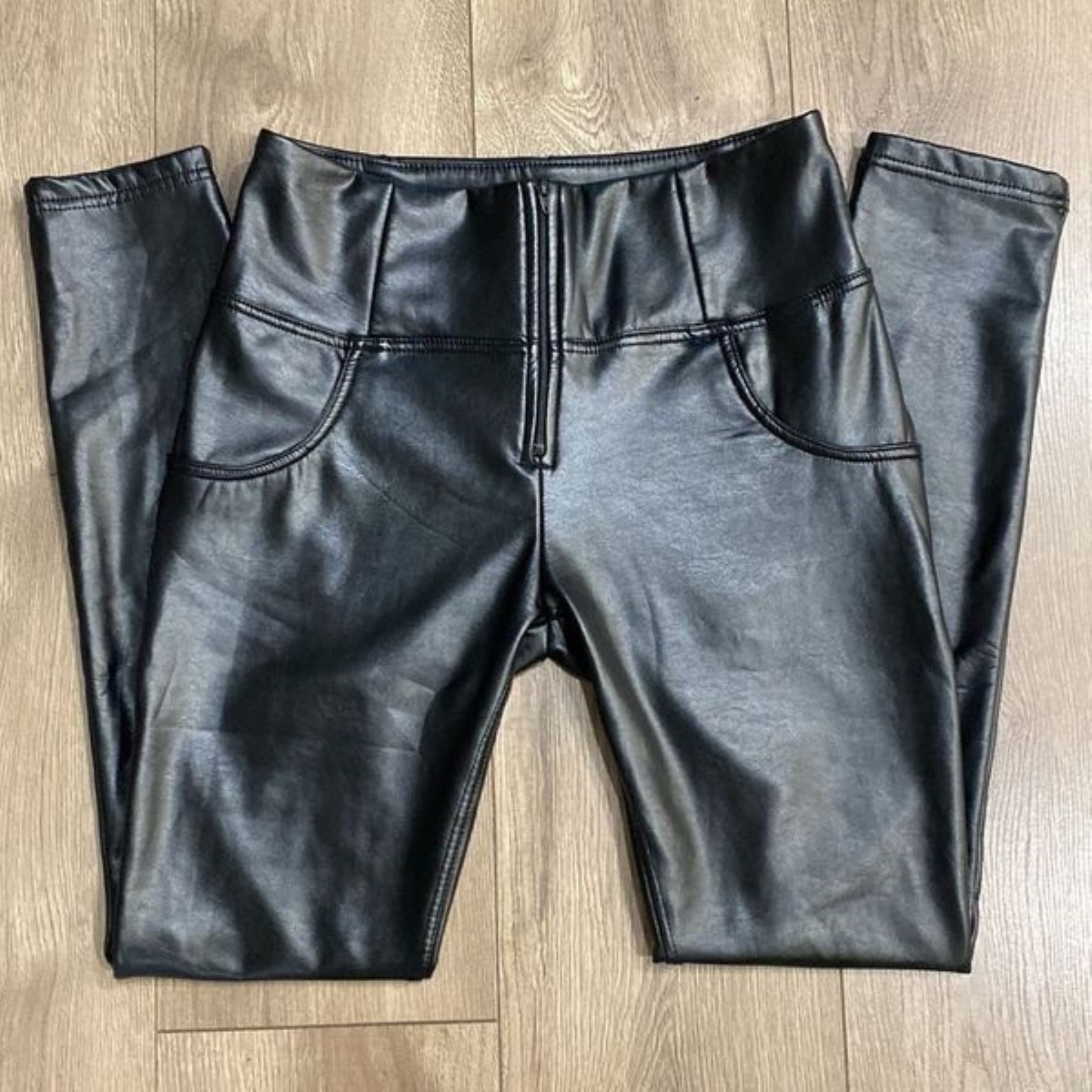
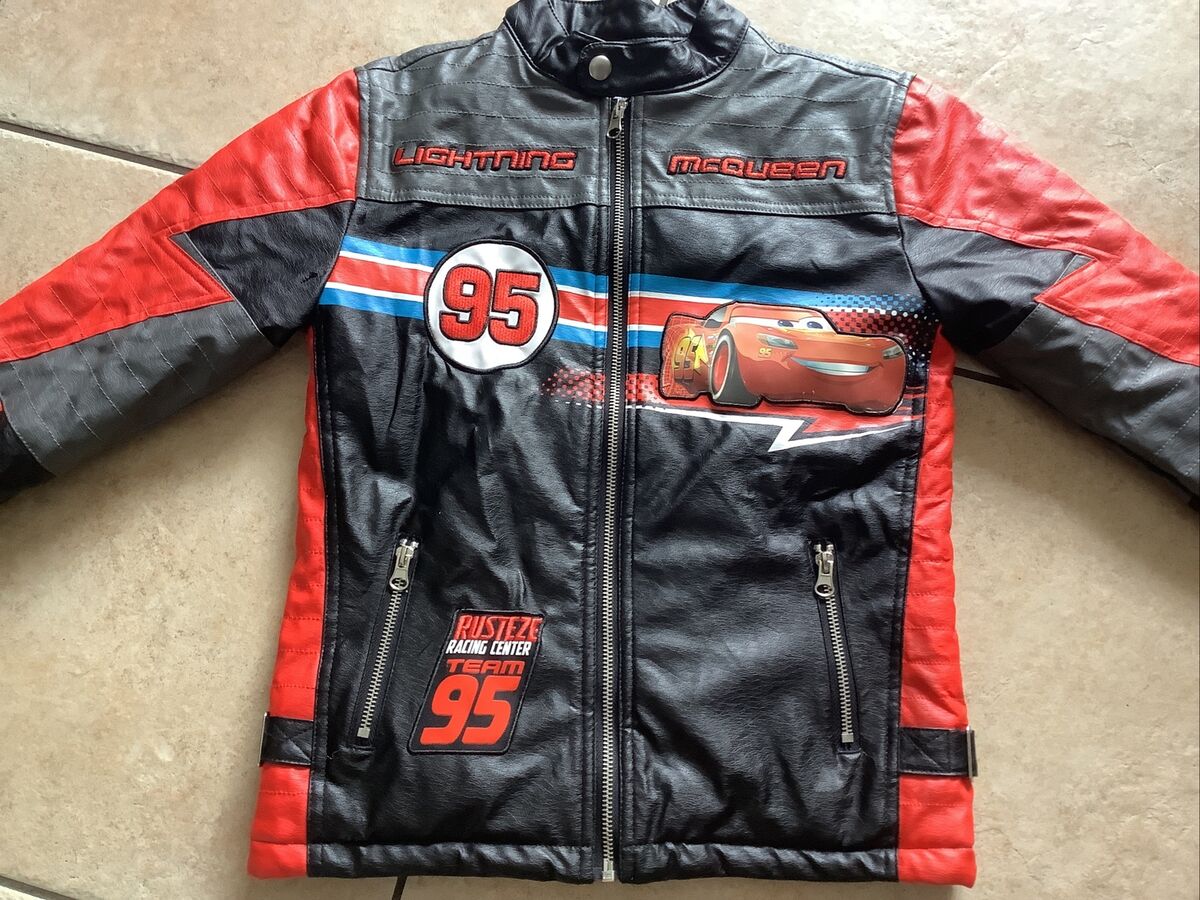

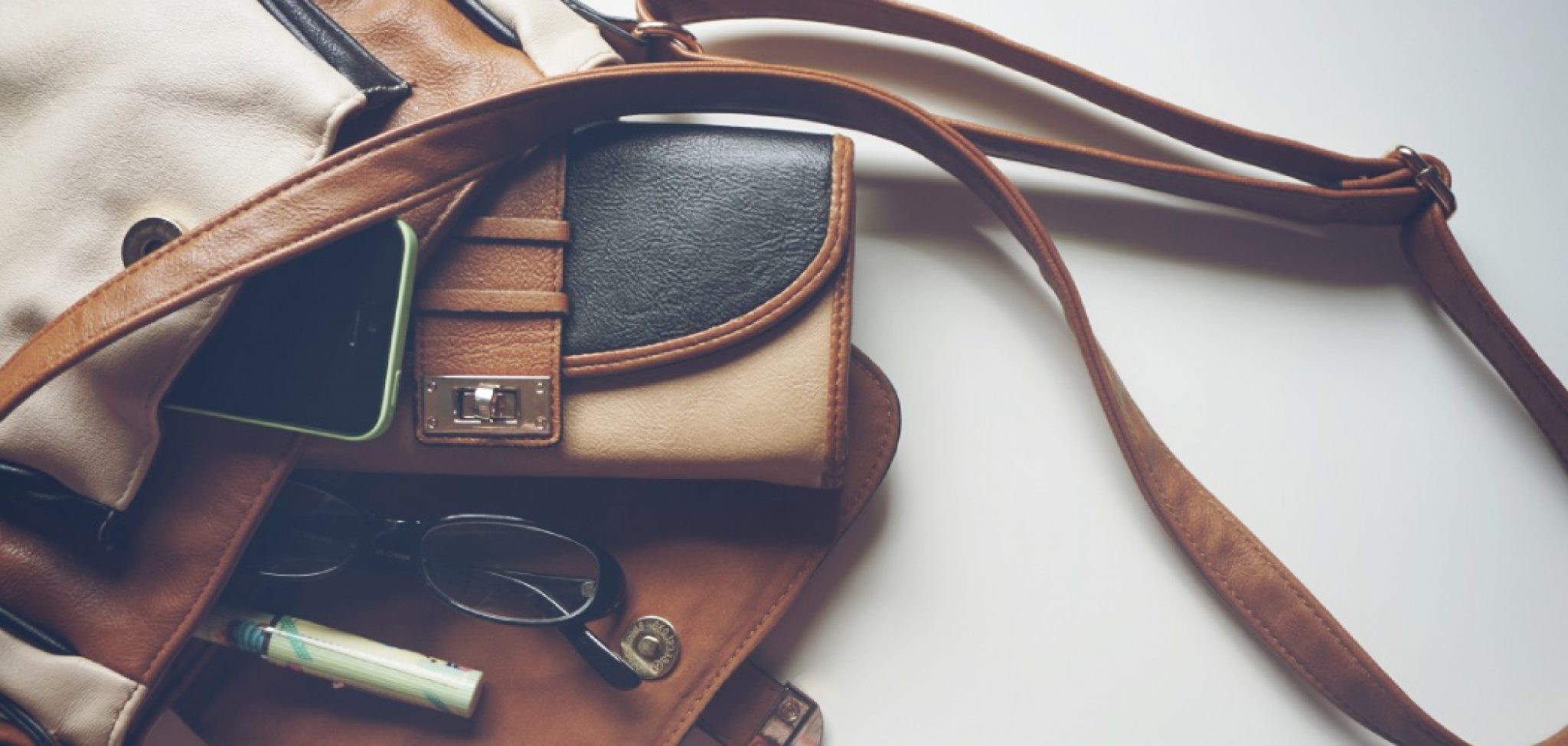
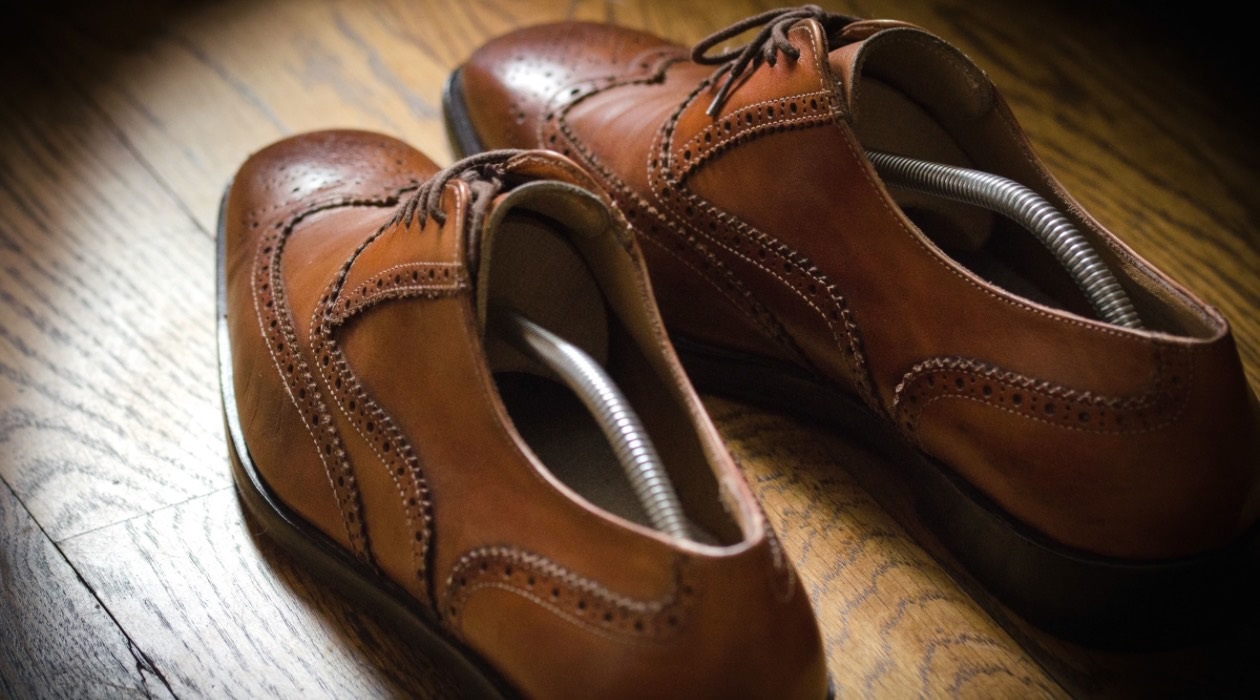

0 thoughts on “How To Store Leather”